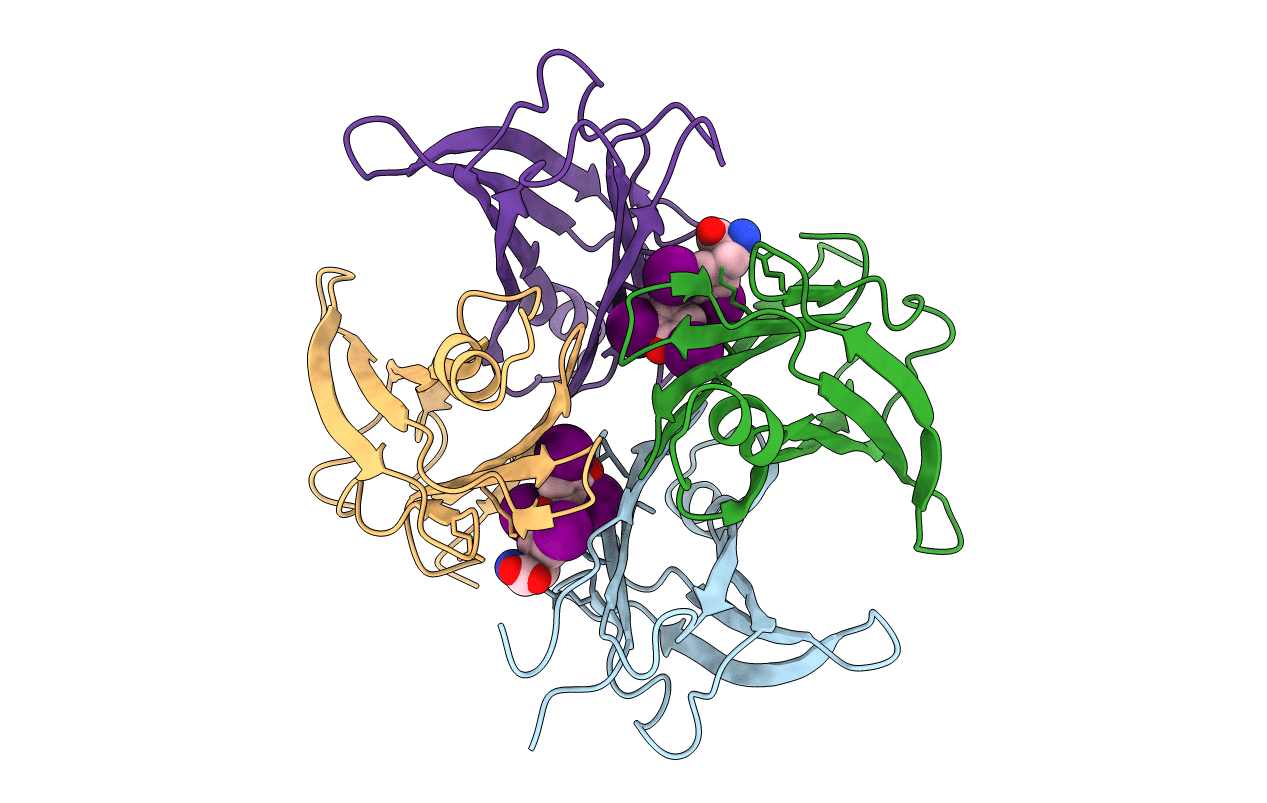
Deposition Date
2001-04-06
Release Date
2002-04-10
Last Version Date
2023-11-15
Method Details:
Experimental Method:
Resolution:
2.50 Å
R-Value Free:
0.27
R-Value Work:
0.20
R-Value Observed:
0.20
Space Group:
P 43 21 2


